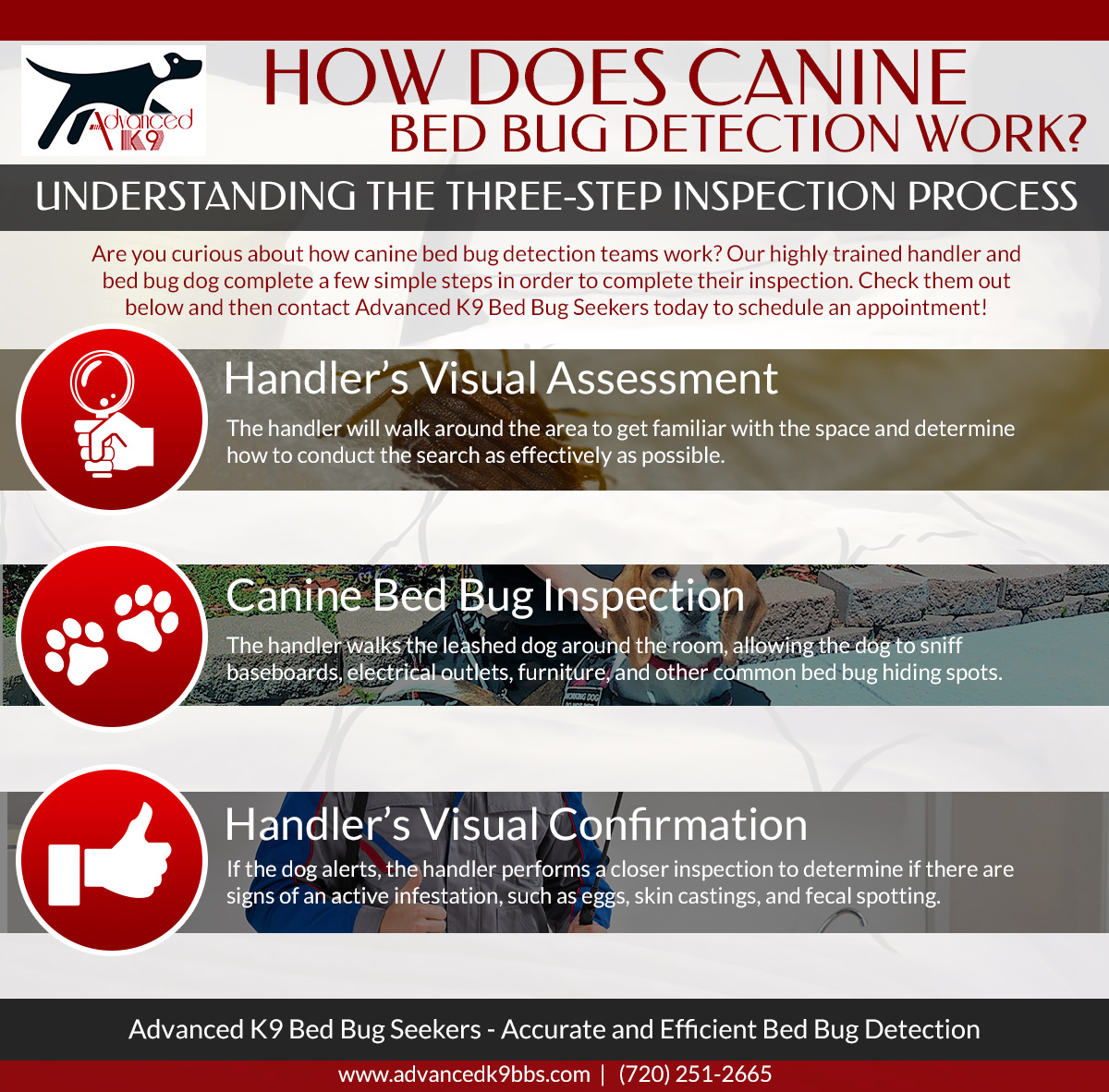The Only Guide for Bed Bug Services
Table of ContentsLittle Known Facts About Bed Bug Services.5 Easy Facts About Bed Bug Services ShownExamine This Report on Bed Bug ServicesNot known Incorrect Statements About Bed Bug Services
A professional bed bug inspection is far more detailed than a casual glance and demands careful attention. Bed bugs are tiny, quick, and skilled at concealing themselves that hide in narrow spaces, corners, and upholstery. Because of their hidden habits, meticulous assessment is critical to accurately locate and quantify infestations. Professional inspectors use a combination of tools, procedures, and knowledge to detect bed bugs accurately, reducing the risk of escalation.The first step in the inspection process involves understanding bed bug biology and behavior. Bed bugs belong to the Hemiptera group and experience multiple nymph stages before reaching adulthood. Adults are around five millimeters long, flat, reddish-brown, and wingless with slender legs and antennae. Their mouthparts are designed to pierce skin and extract blood, often causing red, itchy welts on hosts. Knowing these traits helps inspectors anticipate hiding spots.
Early detection is vital for stopping the problem from spreading. Professionals search for telltale signs such as dark spots of fecal matter, molted skins, and eggs (Bed Bug Services). Female bed bugs are capable of laying hundreds of eggs, leading to rapid infestations if unchecked. Evidence of molted skins or eggshells signals ongoing activity and demands thorough examination
Preparing for an inspection demands meticulous preparation. Inspectors often recommend clearing clutter from treatment areas, which improves access to furniture and baseboards. Bedding and linens may be cleaned thoroughly and sealed in plastic bags, and then kept in plastic bags to maintain cleanliness. Wall decor, mirrors, and pictures may need to be removed to check hiding places. Vacuuming furniture and floors can remove loose pests, and vacuum bags should be discarded carefully to avoid spreading.
Bed Bug Services Can Be Fun For Anyone
The inspection itself is systematic and thorough. Inspectors start with beds and adjacent furniture, looking closely at creases, joints, and folds. find out here Upholstered furniture, including seating furniture, is carefully examined, with attention to seams and cushions. Baseboards, moldings, the edges of wall-to-wall carpeting, electrical outlets, closets, and storage areas receive detailed attention, as these can be common harborage sites.
Specialized tools enhance detection accuracy. Flashlights, magnifying lenses, multi-tools, and mirrors provide visibility in crevices and corners. Monitoring devices like interceptor traps or sticky pads help track bed bug activity over time. Some companies use detection dogs, which can locate live bed bugs quickly, distinguishing them from old evidence.

Meticulous documentation is a key component. Inspectors record the locations of evidence, severity of infestation, and treatment recommendations. This supports transparency and offers proof of inspection. Residents are often instructed to preserve evidence for accuracy, as this maintains inspection effectiveness.
After inspection, a monitoring plan may be put in place to verify infestations and observe trends. Continuous monitoring detects reinfestation, and asking residents about bites and sightings helps pinpoint problem areas. Cooperation from residents supports the inspection process.
Getting My Bed Bug Services To Work

Professional inspections are more reliable than self-inspections. Trained inspectors know what to look for and where, avoid unnecessary treatments, and confirm the situation accurately.
Bed bug inspections are particularly important in hotels, dormitories, multi-unit apartments, and senior living facilities. Inspectors check neighboring rooms and shared spaces to identify potential spread (Bed Bug Services). This supports comprehensive control
In summary, a professional bed bug inspection requires knowledge of bed bugs, property preparation, careful examination, tool utilization, record-keeping, and follow-up monitoring. Each step supports early detection, informs treatment, and reduces more future risk.
The Basic Principles Of Bed Bug Services
